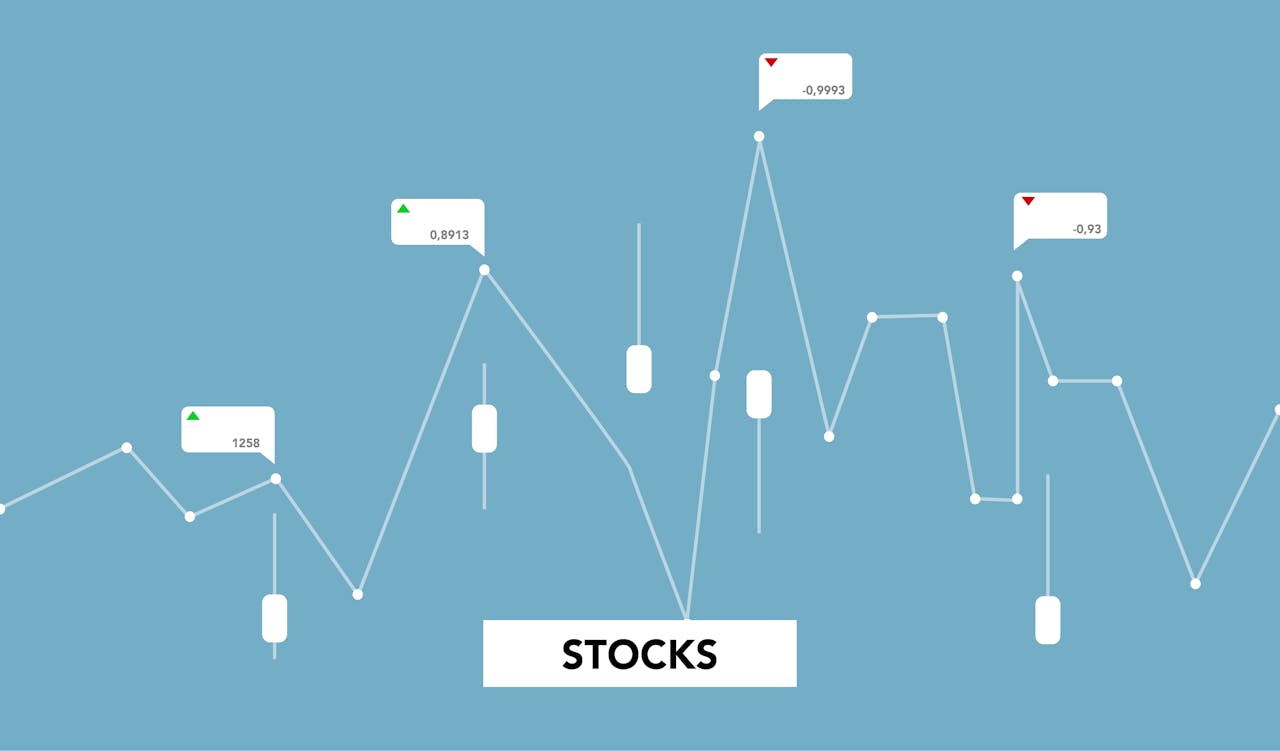In the realm of modern investing, Exchange-Traded Funds (ETFs) have gained immense popularity among both individual and institutional investors. As versatile investment vehicles, ETFs provide a unique blend of the benefits of mutual funds and the flexibility of stock trading. This essay aims to explain what ETFs are, how they work, their advantages, disadvantages, and their role in investment strategies.
What Are ETFs?
Exchange-Traded Funds (ETFs) are investment funds that are traded on stock exchanges, much like individual stocks. They hold a diversified portfolio of assets, which can include stocks, bonds, commodities, or a combination of these. ETFs aim to track the performance of a specific index, sector, commodity, or asset class, making them a cost-effective way to gain exposure to a broad market without having to buy individual securities.
Structure of ETFs
ETFs are structured as open-ended funds, meaning they can issue and redeem shares continuously throughout the trading day. This feature distinguishes them from mutual funds, which are only priced at the end of the trading day. Each ETF share represents a proportionate interest in the underlying assets, allowing investors to buy and sell shares easily.
How ETFs Work
The mechanism of ETFs involves a few key components:
- Creation and Redemption: Authorized participants (APs), usually large financial institutions, can create new ETF shares by delivering a basket of the underlying securities to the ETF provider. Conversely, they can redeem ETF shares by returning them to the provider in exchange for the underlying assets.
- Tracking an Index: Most ETFs aim to replicate the performance of a specific index, such as the S&P 500 or the Nasdaq-100. They do this by holding the same securities in the same proportions as the index. Some ETFs are actively managed, but the majority follow a passive investment strategy.
- Liquidity: ETFs can be bought and sold on stock exchanges throughout the trading day at market prices. This liquidity is one of the primary advantages of ETFs, providing investors with flexibility and control.
Advantages of ETFs
1. Diversification
One of the most significant benefits of ETFs is diversification. By investing in an ETF, you gain exposure to a wide range of securities within a single transaction. This diversification helps reduce risk compared to investing in individual stocks.
2. Lower Costs
ETFs typically have lower expense ratios than mutual funds, primarily due to their passive management style. Additionally, many ETFs do not charge sales loads, making them a cost-effective choice for investors.
3. Flexibility and Liquidity
ETFs trade like stocks on exchanges, allowing investors to buy and sell shares at any time during market hours. This feature offers greater flexibility compared to mutual funds, which are priced only at the end of the trading day.
4. Tax Efficiency
ETFs are generally more tax-efficient than mutual funds. Due to their unique structure, they can minimize capital gains distributions, allowing investors to keep more of their returns.
5. Transparency
Most ETFs disclose their holdings on a daily basis, providing investors with a clear view of what assets they own. This transparency can help investors make informed decisions.
Disadvantages of ETFs
Despite their numerous advantages, ETFs also come with some drawbacks:
1. Trading Costs
While ETFs are generally cost-effective, investors must consider trading commissions when buying and selling shares. Frequent trading can lead to higher costs that may offset the benefits of lower expense ratios.
2. Bid-Ask Spreads
The price of an ETF is determined by supply and demand, which can lead to bid-ask spreads. In less liquid ETFs, these spreads can widen, increasing the overall cost of trading.
3. Market Risk
Like all investments, ETFs are subject to market risk. The value of an ETF can fluctuate based on the performance of the underlying assets, which may result in losses.
4. Complexity of Certain ETFs
Some ETFs, such as leveraged and inverse ETFs, can be complex and may not be suitable for all investors. These products can involve higher risks and are generally intended for short-term trading.
Types of ETFs
ETFs come in various forms, catering to different investment strategies and asset classes. Here are some common types:
1. Equity ETFs
These ETFs invest primarily in stocks and aim to replicate the performance of specific stock indices, such as the S&P 500 or Dow Jones Industrial Average.
2. Bond ETFs
Bond ETFs invest in fixed-income securities, providing investors with exposure to government, municipal, or corporate bonds. They are often used for income generation and capital preservation.
3. Commodity ETFs
These ETFs invest in physical commodities, such as gold, silver, or oil, allowing investors to gain exposure to commodity prices without having to purchase the physical assets.
4. Sector and Industry ETFs
Sector ETFs focus on specific industries, such as technology, healthcare, or energy, enabling investors to target sectors they believe will outperform the broader market.
5. International ETFs
These ETFs invest in non-domestic markets, providing diversification across geographic regions. They can focus on developed or emerging markets.
How to Invest in ETFs
Investing in ETFs is straightforward. Here are the steps to get started:
1. Open a Brokerage Account
Choose a brokerage platform that offers ETF trading. Many online brokers provide commission-free ETF trades, making it easier to invest.
2. Research and Select ETFs
Conduct thorough research to find ETFs that align with your investment goals. Consider factors such as expense ratios, performance history, and the underlying index or asset class.
3. Place an Order
Once you’ve selected an ETF, you can place an order to buy shares through your brokerage account. You can choose between different order types, including market orders or limit orders.
4. Monitor Your Investments
Regularly review your ETF holdings and assess their performance. Adjust your portfolio as needed based on your investment objectives and market conditions.
Conclusion
Exchange-Traded Funds (ETFs) have revolutionized the investment landscape, offering a flexible, cost-effective way to build diversified portfolios. With their ability to track various asset classes and indices, ETFs cater to a wide range of investment strategies. While they offer numerous advantages, investors should remain aware of potential risks and costs. By understanding how ETFs work and incorporating them wisely into their investment strategies, investors can take advantage of the benefits these innovative financial instruments offer, paving the way for a more robust financial future. Whether you are a seasoned investor or just starting, ETFs can play a vital role in your investment journey.



